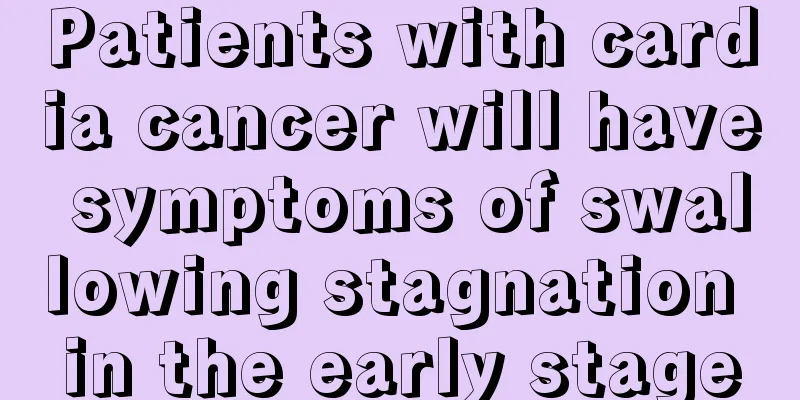Five early symptoms of nasopharyngeal carcinoma

|
The five most common early symptoms of nasopharyngeal carcinoma are swollen lymph nodes in the neck, nasal congestion, bloody nasal discharge, tinnitus or hearing loss, and headache. These symptoms may appear in the early stages of cancer, so they need to be taken seriously and sought medical attention as soon as possible. The most typical manifestation of nasopharyngeal carcinoma is swollen lymph nodes in the neck, which are usually painless, hard in texture, and have poor mobility. Bloody nasal discharge, especially when blowing your nose in the morning, may be caused by ruptured capillaries caused by lesions in the nasopharynx. Nasal congestion often manifests as progressive aggravation on one side, and may develop into bilateral at a later stage, indicating the impact of the tumor on the nasopharyngeal tissue. Since the site of nasopharyngeal carcinoma is close to the opening of the Eustachian tube, if the tumor involves the Eustachian tube, it will cause tinnitus and even hearing loss. Headache is also a common symptom, mostly manifested as irregular migraine or dull pain, which may be caused by tumor compression of peripheral nerves. The most typical manifestation of nasopharyngeal carcinoma is swollen lymph nodes in the neck, which are usually painless, hard in texture, and have poor mobility. Bloody nasal discharge, especially when blowing your nose in the morning, may be caused by ruptured capillaries caused by lesions in the nasopharynx. Nasal congestion often manifests as progressive aggravation on one side, and may develop into bilateral at a later stage, indicating the impact of the tumor on the nasopharyngeal tissue. Since the site of nasopharyngeal carcinoma is close to the opening of the Eustachian tube, if the tumor involves the Eustachian tube, it will cause tinnitus and even hearing loss. Headache is also a common symptom, mostly manifested as irregular migraine or dull pain, which may be caused by tumor compression of peripheral nerves. In order to detect nasopharyngeal cancer in time, it is recommended to pay attention to your own health warning signs. If you find an unexplained neck lump or the above symptoms persist for more than two weeks, you should go to the hospital for a nasopharyngeal endoscopy or imaging examination (such as MRI or CT) in time. In daily life, reducing the intake of high-salt preserved foods, eating more fruits and vegetables, and avoiding smoking and excessive drinking are also important measures to prevent nasopharyngeal cancer. |
<<: How long does it take for large cell lung cancer to live
>>: How long can a patient with mid-term nasopharyngeal cancer live?
Recommend
There is a lump behind the knee joint
Popliteal cysts, also known as Baker's cysts,...
Key points for postoperative care of ovarian teratoma
Teratoma is a tumor that grows in the female geni...
Where is red bone marrow found
Red bone marrow is an important classification of...
Rectal cancer patients generally have changes in bowel habits
Patients with rectal cancer also have changes in ...
What are the symptoms of laryngeal cancer
I don't know how much you know about laryngea...
The urine smells very bad
Under normal circumstances, people usually do not...
Self-test: Men, do you have lumbar vertebrae disease?
Men's waists are tired every day from sitting...
When I go to the toilet, the leucorrhea is like snot
Some women find that their leucorrhea is abnormal...
Persistent Itch or Cancer? Find clues
Unstoppable itching may be cancer When people fee...
A brief discussion on common treatments for rectal cancer
Nowadays, many people may suffer from rectal canc...
My biological clock is messed up and I can't sleep at night
Sleep is very important for a person. If you lack...
How to treat moderate periodontitis?
Periodontitis is a chronic disease that affects p...
Red pimples on the head
Some people may find a small red bump on their he...
What happens if the physical examination shows thrombocytopenia?
In modern life, people often have regular physica...
Requirements for face towels
Towels are sanitary products that people often us...









